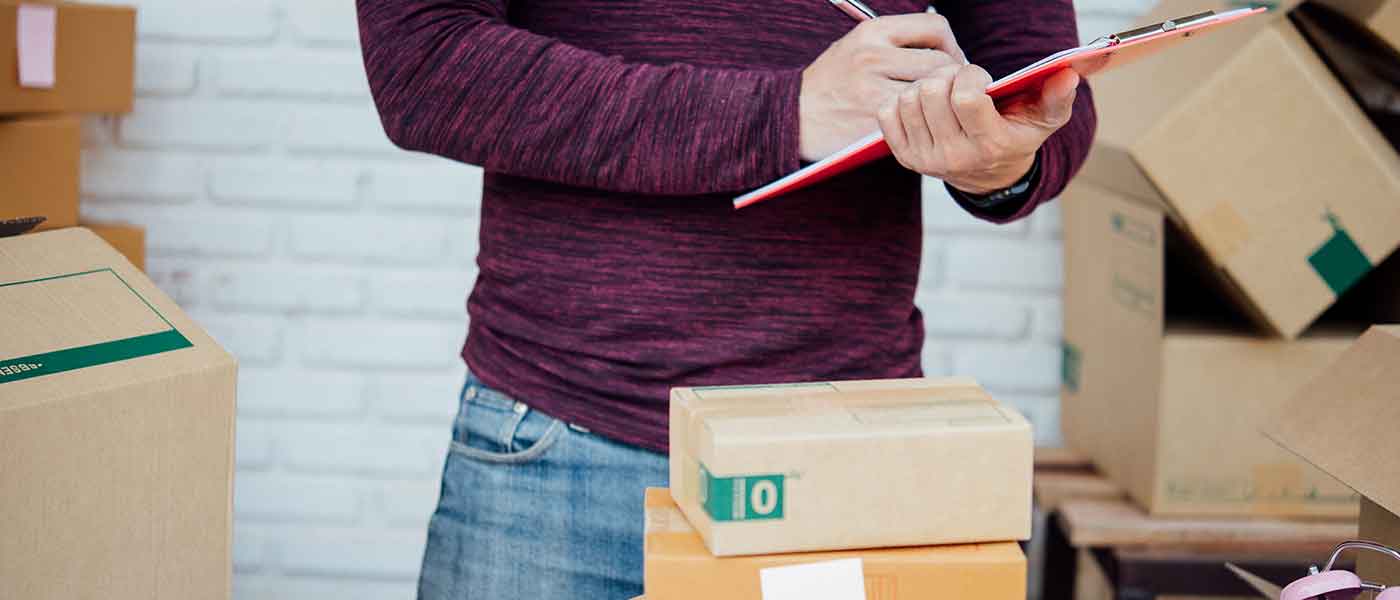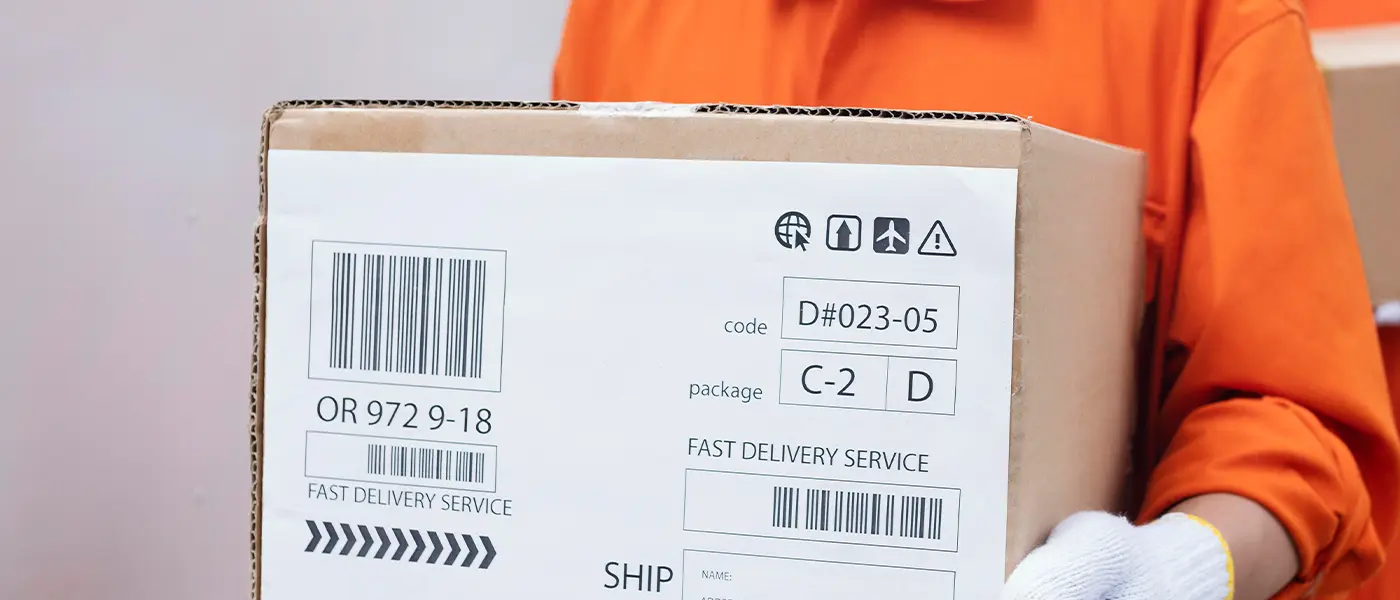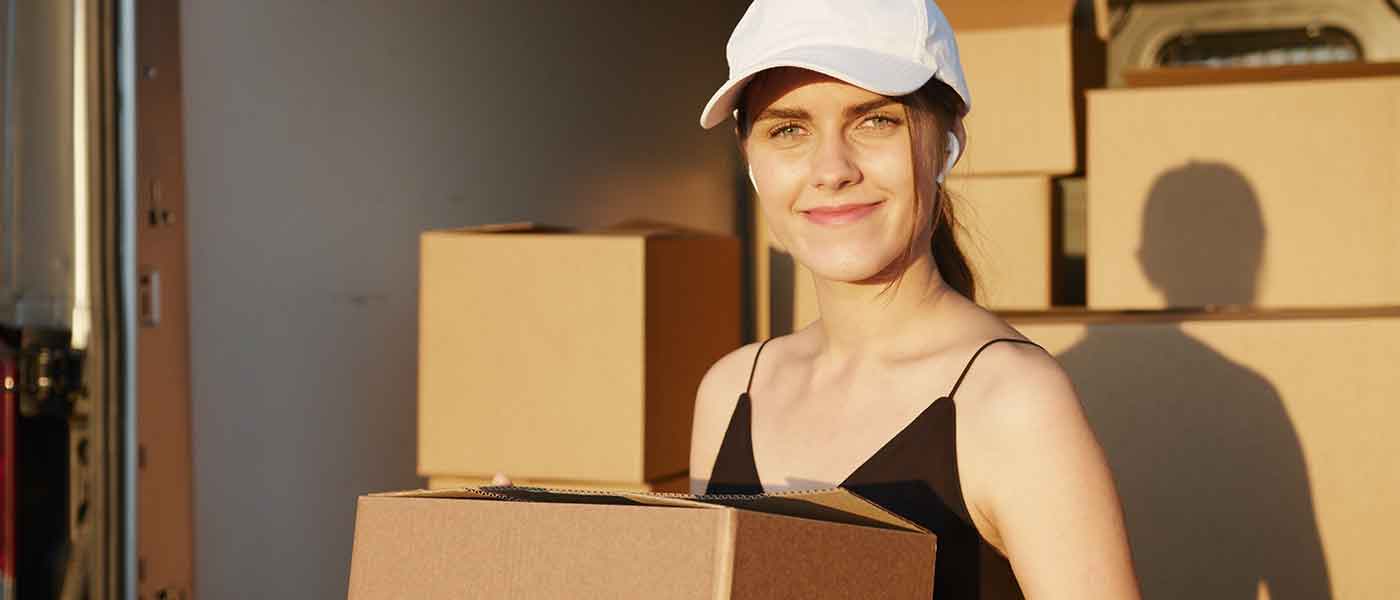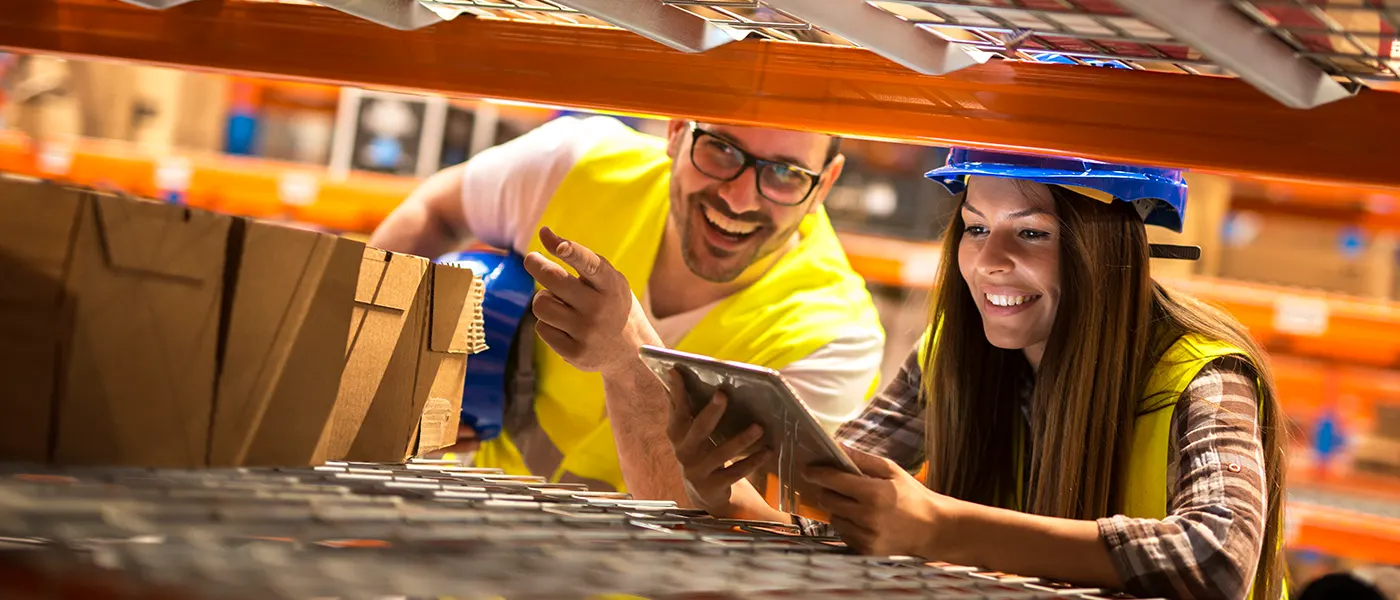In the online business world, pre-orders can bring a good deal of profit for your e-commerce. You can simply post an image of your product a few days before its launch, with all the specifications, and by the time it launches, the business will already have hundreds of orders. And most often businesses add a discount on the pre-order policy to persuade more customers to buy.
However, although it might be an enticing way to get more buyers, there are a lot of factors to consider when selling pre-orders for a product. Let us walk through the details of what a pre-order means and how they can help benefit a business.
What is a Pre-order?
A pre-order is when a customer orders an item before it is released into the market or made available in stock. They are later shipped to the customers once available.
Pre-ordering lets a company receive a lumpsum and deposit from a customer against a product reservation. This money helps small businesses with the capital boost that they often require. And pre-order strategy can be used by various companies, from startups to large corporations.
It also assures customers that they will receive the product, come what may. And this act helps in building trust with the target audience as the order processing is often hassle-free.
Importance of Pre-ordering in an E-commerce
Merchants have been using these products for years, proving their effectiveness. For example, if the demand for a product goes very high, customers waiting for it the longest would miss the chance to buy it.
Hence, digital pre-ordering with the right technology and the proper order tracking system can help a business earn more profit than traditional selling products after their release.
There are many perks associated with pre-ordering for the retailer and the end user. Let’s walk through a few:
Predicting product demand
Pre-ordering helps the business manage its inventory well. A limited pre-ordering period will help the business gauge customers’ interest in the product, and accordingly, the management will stock up on raw materials for the same. This will help prevent deadstock.
At the same time, it will also help the business gain revenue while the products are on backorder, allowing management to calculate their optimum reorder point. This will help the business to move forward with procuring more orders.
Increased sales
As we mentioned, pre-ordering helps a business earn excess revenue that may be later used in other business disciplines to expand further. The pre-ordering strategy heavily rests on expanding the e-commerce business, which will also minimize a business’s investment in its inventory.
E-commerce businesses also partner with third-party companies to help them research and understand the customers’ needs through a pre-order policy. In such cases, e-commerce businesses will attain order fulfillment and may avoid investing in unnecessary stock.
To help with cash flow
The flow of cash or capital before the product is manufactured can help the e-commerce business in many ways. The typical time taken to manufacture a product is 30-60 days. During this time, the cashflow through the pre-order policy will help the business communicate with suppliers and gather more information on the products’ interest and reception. And the constant cash flow during this time will help the e-commerce firms in sampling and experimenting with the products.
Besides, pre-ordering also helps a business retain a customer’s interest, helps create a buzz around the product, reduces worries around dead stock, sample demand, funds other products in development, and so on.
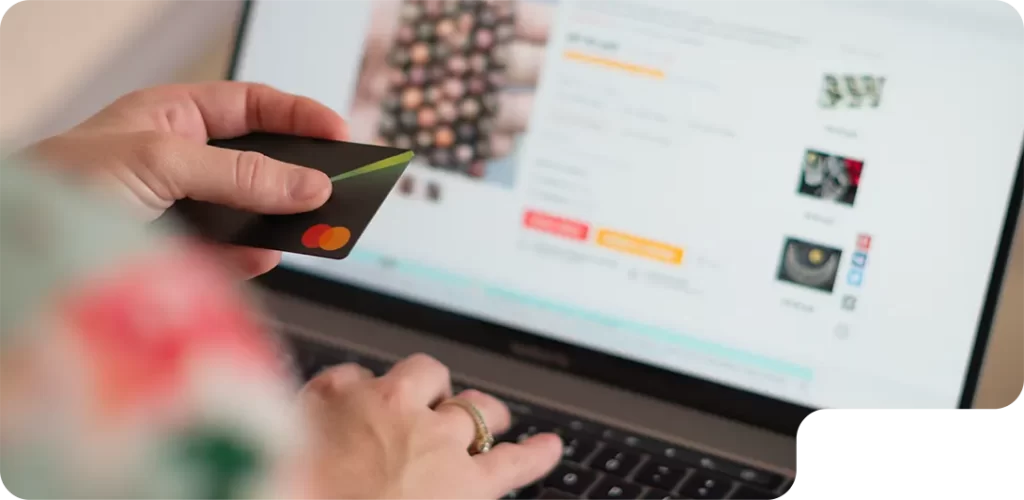
How Does Pre-order Work?
Pre-ordering happens in two ways: a customer decides to place the order and make an advance payment or pays the total amount right then.
This strategy allows your customers to avoid the rush on launch day for a new product, like the Apple iPhone launch. Additionally, it offers the option of paying later.
However, a pre-ordering strategy requires proper agility and streamlined relationships with your suppliers.
Here are a few tips to guide on how pre-ordering can work best:
1) Make a catchy post with specification details
The trick to attracting your customers’ interests is to create the most creative post with as many details as possible on the website. This will increase consumer interest in the product.
2) Use social media to promote pre-order products
E-commerce businesses must make the ultimate use of social media platforms to create hype around the pre-order product. Involving Instagram, Facebook, YouTube, etc., in the business’s pre-order strategy will help spread the word among your target audience. Start using notification options to constantly alert your customers when the new products drop.
3) Diversify payment options
Pay now and Pay Later options will always help a business increase product reach. This will make it easy for both online and offline stores to manage the strategy of their pre-orders, as customers will have the option of paying the money then or later. Paying first will help with the e-commerce cash flow while later helping build trust with the customers.
4) Communicating with customers
While implementing the pre-order strategy, e-commerce businesses might face challenges, including the delayed release of the product. In that case, customers must be duly informed about the revised date of launch, as in when can they expect their order.
Pre-order terms must be well-mentioned in the web portal, and clear instructions must be given on how to pre-order. Advance technology must be implemented to help track the order status, a possible wait time of a customer, and the product delivery to retain the customers’ trust.
What Happens When You Pre-order an Item?
Pre-ordering an item is one way to guarantee your customers can get a product as quickly as possible. One of the advantages of pre-ordering is that it not only ensures that you have locked the item, but there are chances that your customers will receive an item at the lowest possible prices as soon it hits the market.
For example, when pre-ordering a mobile phone –, customers may not immediately get the “purchase” option. Instead, they may get an email confirmation once the product is released. Only after receiving the email, customers may get charged for the product.
Similarly, video games are another example of how preorders can affect the launch of premium items. Game publishers devote a lot of time designing their preorder campaigns.
Day one preorders make up for over a quarter of the overall campaign sales by creating the much-needed buzz.
The benefit of the pre-order strategy is it allows customers to reconnect with their favorite gaming brands regardless of the season. And this applies to the launch of any other product across different brands.
Jumping back to the latest technology, the pre-order strategy also reduces the feeling of ‘fear-of-missing-out’ from the consumers.
Suppose a business is launching a product for a limited edition. In that case, the pre-order strategy saves consumers the headache of waiting for the product if they run out and securing the same once as soon as the product gets launched.
What is the Difference Between Order and Pre-order?
A pre-purchase or pre-order is an item you reserve for yourself before the product’s release. On the other hand, order refers to a product you buy after it is released.
What Does Pre-order Mean in Shipping?
While pre-ordering your product from an e-commerce firm, the items have not been shipped yet. Since the pre-order strategy has just been announced because the items are still being prepared or being readied for restocking.
The estimated details of the shipment are generally mentioned in the terms and conditions of the shipping.
It should be the responsibility of the e-commerce website to notify a consumer of changes in shipping dates and times if there have been any.
FAQs
Is it preorder or pre-order?
Both the terms, pre-order and preorder, are acceptable across contexts. The difference stems from their sources. The Oxford English Dictionary uses the term with a hyphen, while Merriam-Webster and the AP Style guide prefer it as a single word. The Oxford English Dictionary uses the term with a hyphen, while Merriam-Webster and the AP Style guide prefer it as a single word.
Does pre-order mean you get it early?
Pre-ordering an item does not necessarily mean that you will get the product early, as you will only receive it post or on the same day of the release. Although, it guarantees that you will receive it earlier than the delivery following standard orders or purchases.
Does pre-order mean you need to pay?
The payment service of pre-ordering depends on the e-commerce business. At times, you will be asked to make the complete payment while booking, while other times, you might be asked just to pay an advance amount.
Why are pre-orders cheaper?
Pre-orders are a marketing strategy for e-commerce to boost sales and profit. Pre-orders come with discount offers that help in promoting the product. Hence, pre-orders may be cheaper in comparison to the original launch price.
Are pre-orders a good idea?
Although pre-orders are the most economical way to purchase your most-awaited product, you must never forget that the item has not yet been reviewed. That can pose to be a disadvantage to pre-ordering an item.
